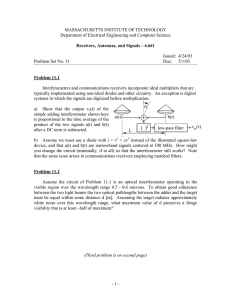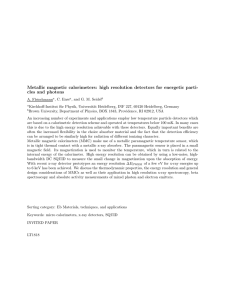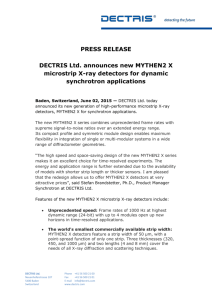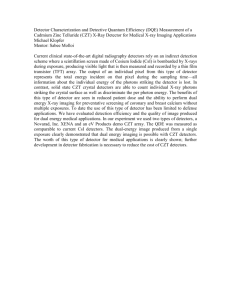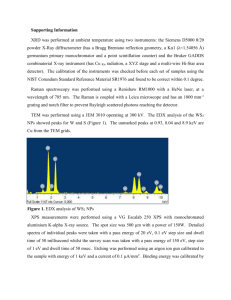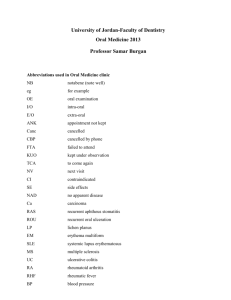Flexible Electronics and Display Technology for Medical, Biological
advertisement
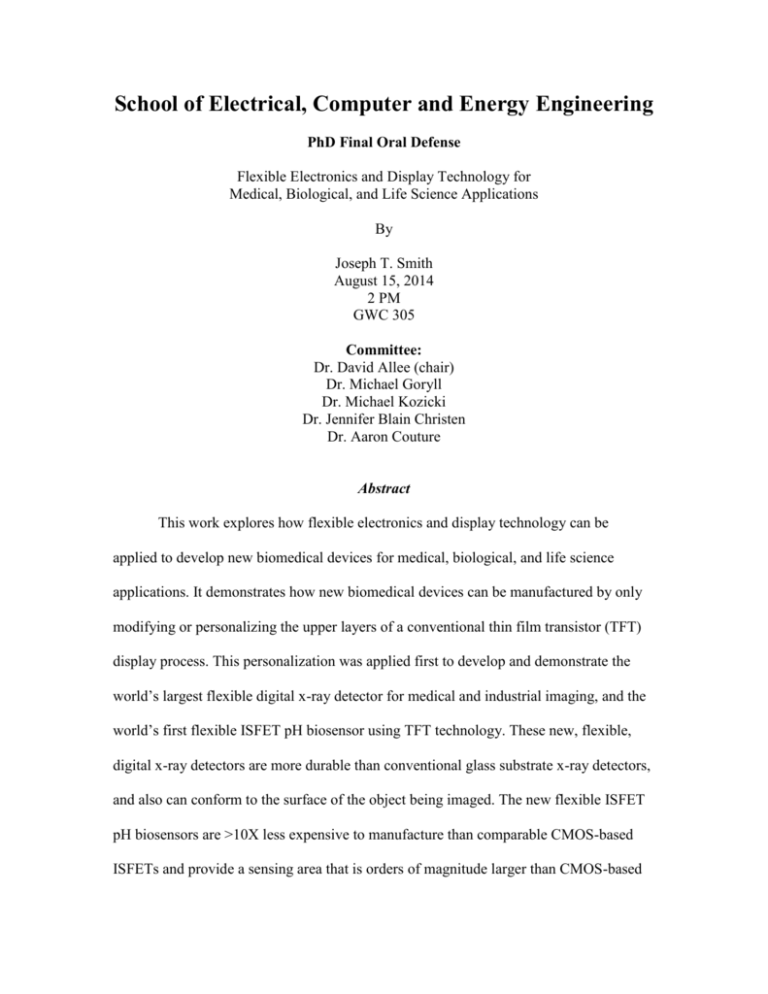
School of Electrical, Computer and Energy Engineering PhD Final Oral Defense Flexible Electronics and Display Technology for Medical, Biological, and Life Science Applications By Joseph T. Smith August 15, 2014 2 PM GWC 305 Committee: Dr. David Allee (chair) Dr. Michael Goryll Dr. Michael Kozicki Dr. Jennifer Blain Christen Dr. Aaron Couture Abstract This work explores how flexible electronics and display technology can be applied to develop new biomedical devices for medical, biological, and life science applications. It demonstrates how new biomedical devices can be manufactured by only modifying or personalizing the upper layers of a conventional thin film transistor (TFT) display process. This personalization was applied first to develop and demonstrate the world’s largest flexible digital x-ray detector for medical and industrial imaging, and the world’s first flexible ISFET pH biosensor using TFT technology. These new, flexible, digital x-ray detectors are more durable than conventional glass substrate x-ray detectors, and also can conform to the surface of the object being imaged. The new flexible ISFET pH biosensors are >10X less expensive to manufacture than comparable CMOS-based ISFETs and provide a sensing area that is orders of magnitude larger than CMOS-based ISFETs. This allows for easier integration with area intensive chemical and biological recognition material as well as allow for a larger number of unique recognition sites for low cost multiple disease and pathogen detection. The flexible x-ray detector technology was then extended to demonstrate the viability of a new technique to seamlessly combine multiple smaller flexible x-ray detectors into a single very large, ultimately human sized, composite x-ray detector for new medical imaging applications such as single-exposure, low-dose, full-body digital radiography. Also explored, is a new approach to increase the sensitivity of digital x-ray detectors by selectively disabling rows in the active matrix array that are not part of the imaged region. It was then shown how high-resolution, flexible, organic light-emitting diode display (OLED) technology can be used to selectively stimulate and/or silence small groups of neurons on the cortical surface or within the deep brain as a potential new tool to diagnose and treat, as well as understand, neurological diseases and conditions. This work also explored the viability of a new miniaturized high sensitivity fluorescence measurement-based lab-on-a-chip optical biosensor using OLED display and a-Si:H PiN photodiode active matrix array technology for point-of-care diagnosis of multiple disease or pathogen biomarkers in a low cost disposable configuration.
